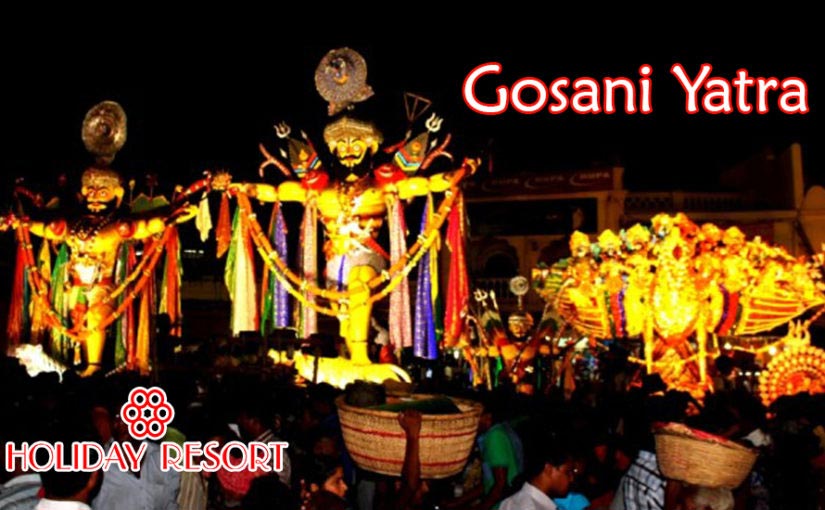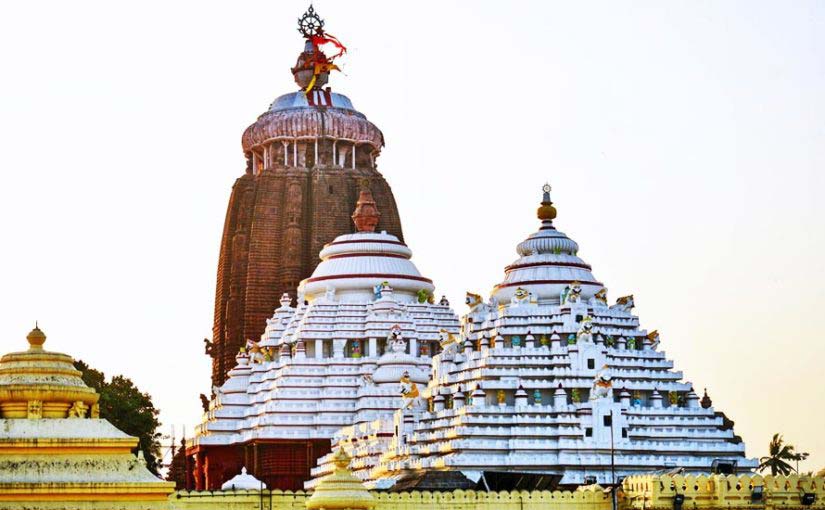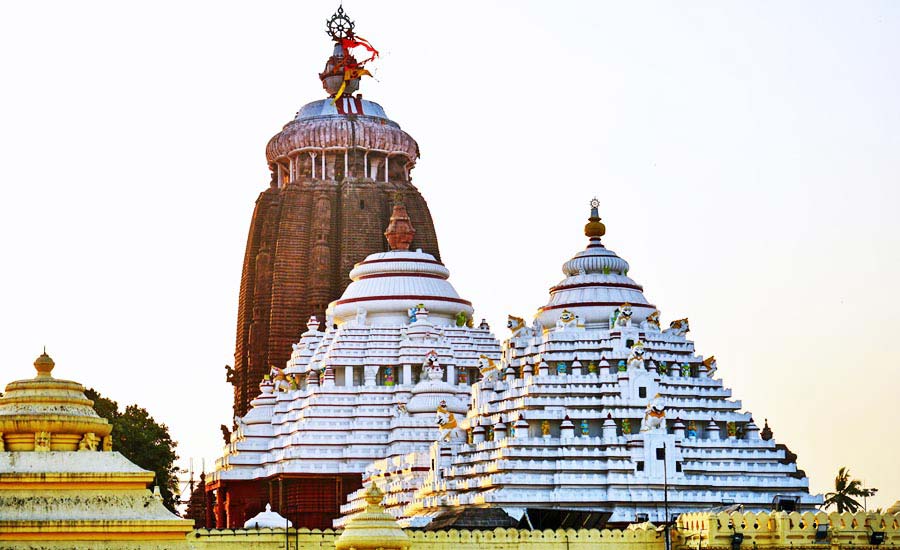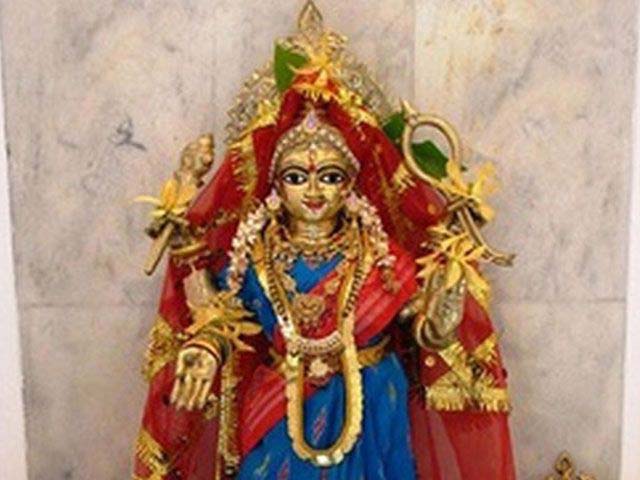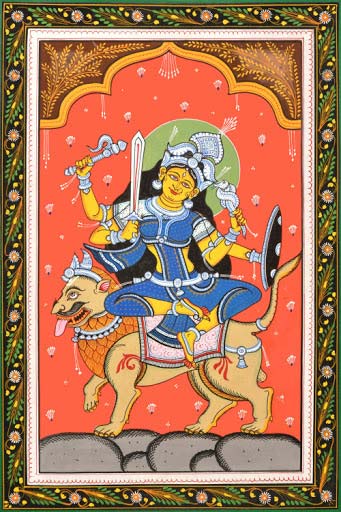Jagannath Puri is a land of fairs and festivals. Throughout the year tourists could enjoy their visit to Puri and enjoy a number of festivals that enhance the spirits of the city on regular intervals.
Puri brings a host of colorful fairs and festivals every season and ‘Durga Puja’ is one of the most important festivals apart from Jagannath RathYatra. In Puri the festival of ‘Durga Puja’ is also known as ‘GosaniYatra’. Every year several clay idols of MahisamardiniDurga are worshipped during this festival.
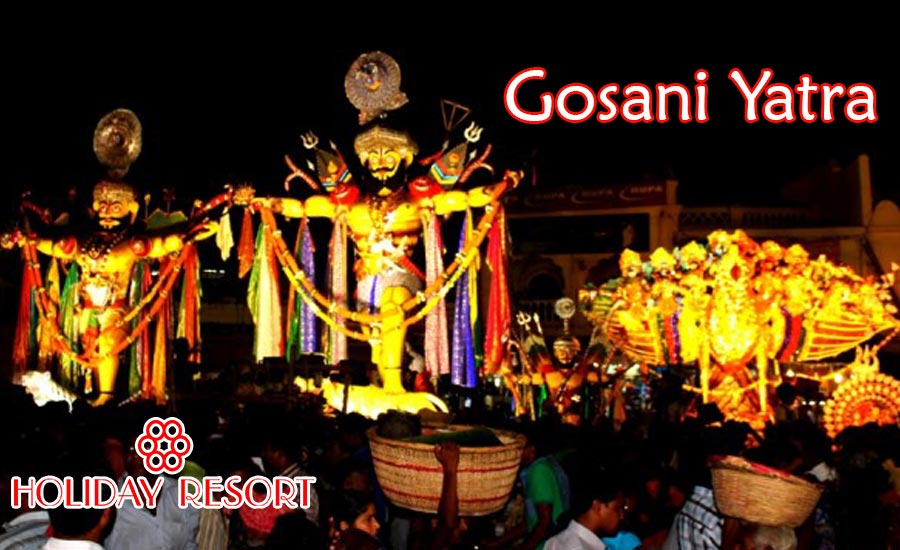
The GosaniYatra of Puri has its origin in the folk culture. This fact is evident from the local folk names, they bear such as Kakudikhai, Janhikhai, Barabati, Janhimundia, SunyaGosani, Hadabai, Gelabai, Belabai etc. During GosaniYatra, different types of other clay figures like ravana lifting kailash mountain, demons, nagas, wooden toys etc. are also worshipped. Like Gosanis, gigantic images of Naga are also made and worshipped during the festival. These large male images symbolise heroism and valour. The Naga images represent the Akhada culture of Puri.
At Puri the faces of the Gosani figures are depicted in such a manner which gives an impression that Devi is closely watching Mahisasura and engaged in fierce fighting. Here in this case both Mahisasura and Devi look at each other with great concentration. Another feature of the Gosani images of Puri is that, here the demon in most of the cases is depicted in theriomorphic form i.e., the head is of the buffalo and the body is of a human being.
The decoration of these figures is also interesting like the images which are also indigenous in nature and arranged with sola (thromocol) and jari (polythin) work. The crown, ornaments, attributes and the halo are made of sola and jari which double the beauty of these images.
On the following day of Dusshera the Goshanis from all the sahis (streets) come together in procession in front of Jagannath Temple to pay tribute to Lord Jagannath. This is known as ‘BhasaniYatra’. Huge crowd from puri and nearby villages gather in front of Jagannath temple to celebrate BhasanaiYatra. In late night, the idols are taken for visarjana in the nearby rivers and sea.
Know more about colorful traditions of Puri with us. Stay at Hotel Holiday Resort and experience the Puri at its best.
For more details visit www.puriholidayresort.com

